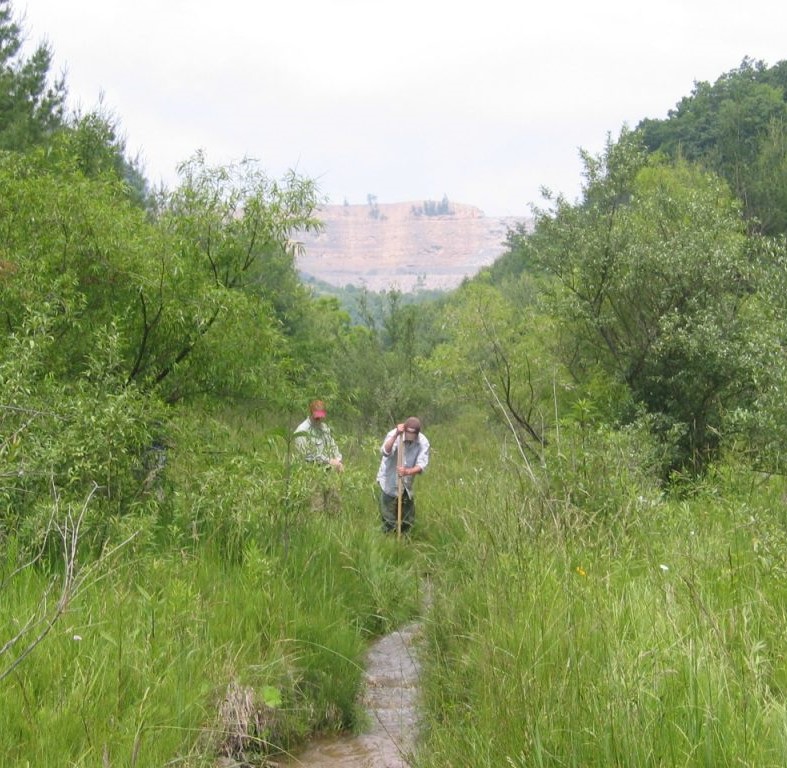
Scattered across the mountainous and beautiful Appalachian landscape lie the remnants of what once powered the world: coal mines.
These remains are the legacy of mining, but what will be the future of these vast, open spaces across an area that is among the non-tropical world’s most biodiverse regions? And what will be the future for people who live and work there?
Carl Zipper, professor emeritus in the College of Agriculture and Life Sciences School of Plant and Environmental Sciences, co-edited “Appalachia’s Coal-Mined Landscapes: Resources and Communities in a New Energy Era” with Jeff Skousen, a professor of soil science in the Division of Plant and Soil Sciences at West Virginia University. After careers researching environmental effects of fossil-fuel production including Appalachian coal mining, Zipper and Skousen collaborated with multiple authors from across Appalachia to produce the book, which was published in late 2020 through Springer.
Much of the coalfield work and research conducted by Zipper and colleagues at Virginia Tech was through the Powell River Project, a public-private research and outreach partnership between Virginia Tech, other educational institutions, environmental organizations, and natural resource industries that serve the Southwest Virginia coalfield region.
According to Zipper and other book contributors, more than 3,800 square miles of Appalachia, and more than 10 percent of the land area in the most heavily mined counties have been surface-mined for coal.
These lands have altered soils and typically host plant communities that differ from the region’s native forests, often with nonnative invasive plants. They also give rise to waters that have carried pollutants from the mined areas for decades. These resource effects also impact animals, as both land-based wildlife and aquatic biota in mining-affected areas differ from those of the region’s still-extensive native forests.
Human communities also bear the influence of the region’s mining history as economic, educational, and human-health indicators in the most intensive coal-mining areas are below levels of nearby areas where mining did not occur or was less intensive. These effects remain evident even as coal mining declines to levels last seen in the late 19th century.
Despite impairment by mining, the region’s extensive and mostly unused mined lands have the potential for conversions to uses that support ecological and human needs. Where the terrain is favorable, seeding, fertilization, and vegetation management can convert degraded mine sites to livestock pasture.
Mined lands occupied by invasive plants can be made more similar to native ecosystems by controlling nonnative species, mitigating soil limitations, and planting native trees. Degraded mine-site streams can be rebuilt to restore water function and aquatic habitats. If geologically stable and relatively flat-lying, the mined lands can support housing projects, industrial sites, and other large-scale building structures. Because of wide availability and lack of competing uses, mined lands could be good locations for renewable energy projects.
Although these conversions are technically feasible, Zipper said, they require expertise and often significant expense.
“Appalachian coal was instrumental in America’s development as a nation. But coal mining is the region’s past, not its future. Yet as the region looks to the future, it bears the legacy of past mining,” Zipper said.
“It’s easy to lose sight of the big picture of Appalachian mining,” Zipper said. “We want people to understand the important role of Appalachian coal in the development of this nation; but also the challenges faced by coal-mining communities as they look to the future and how the region’s ability to meet those challenges going forward is influenced by the legacy effects of its coal-mining past.”


